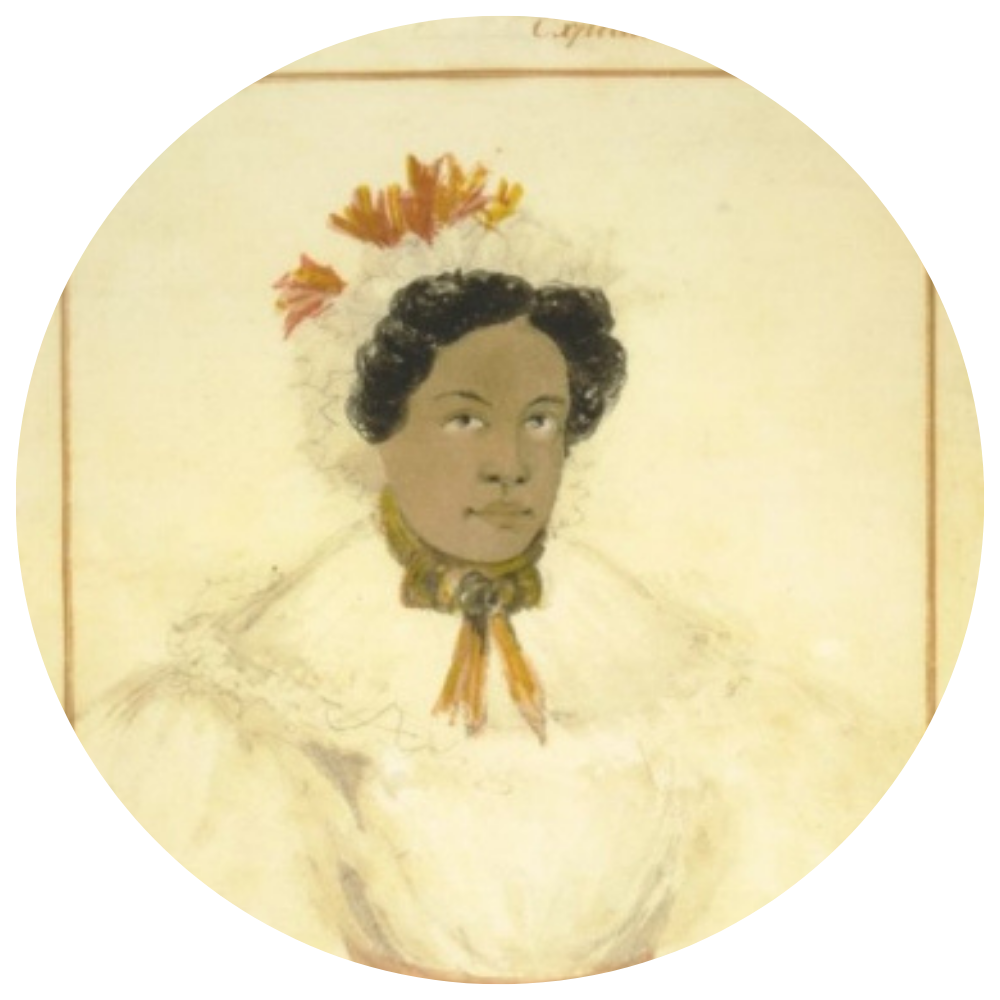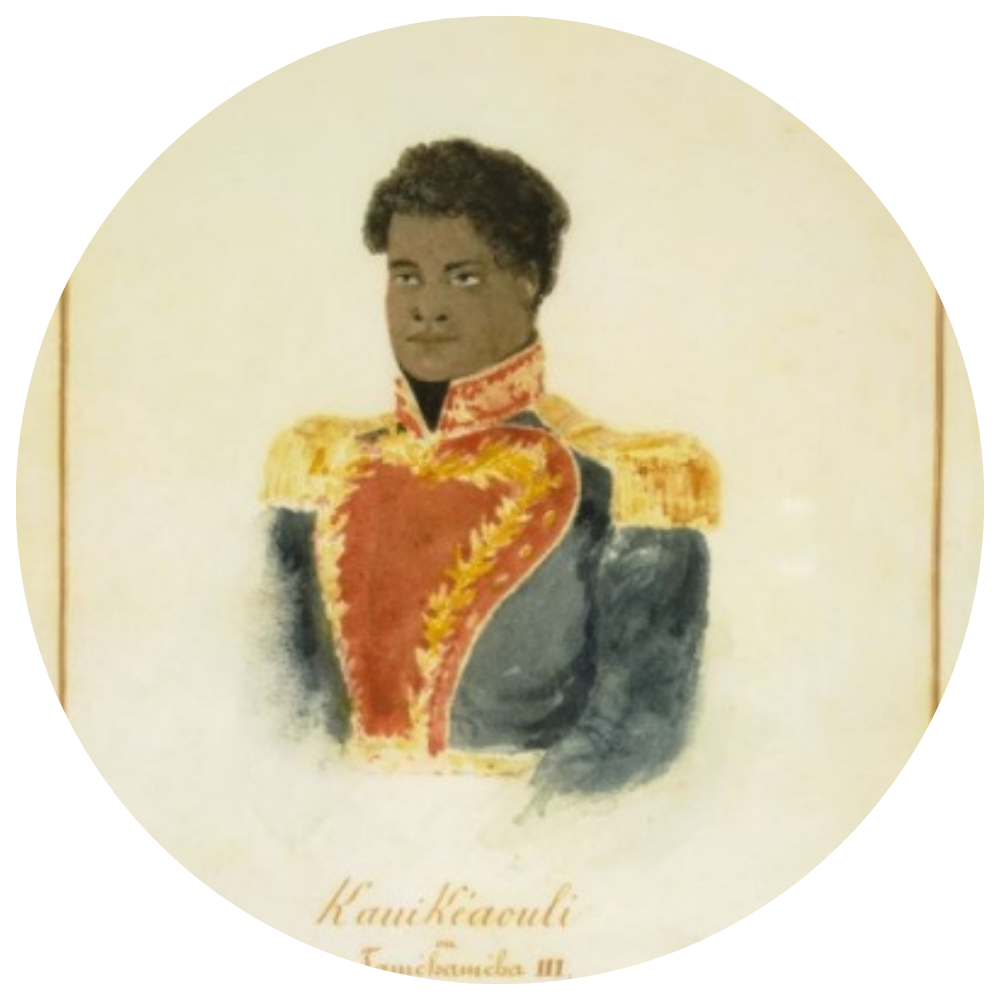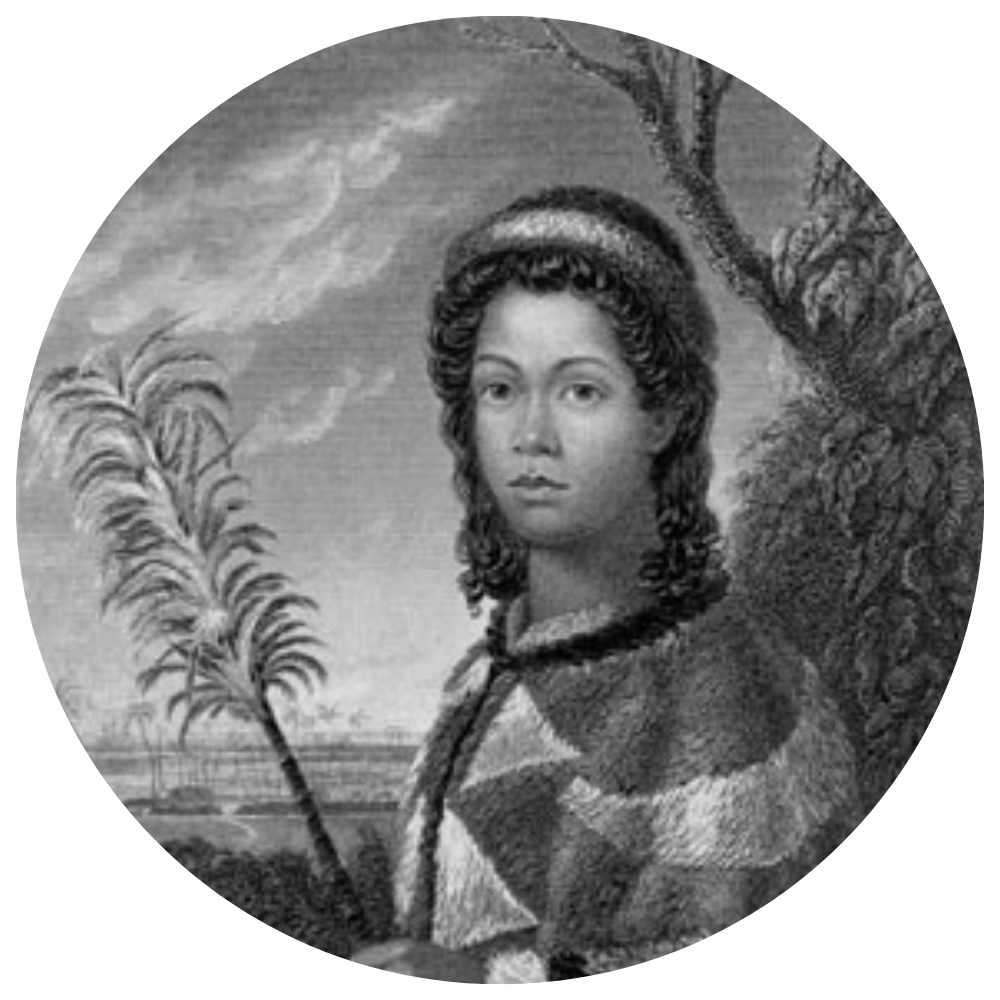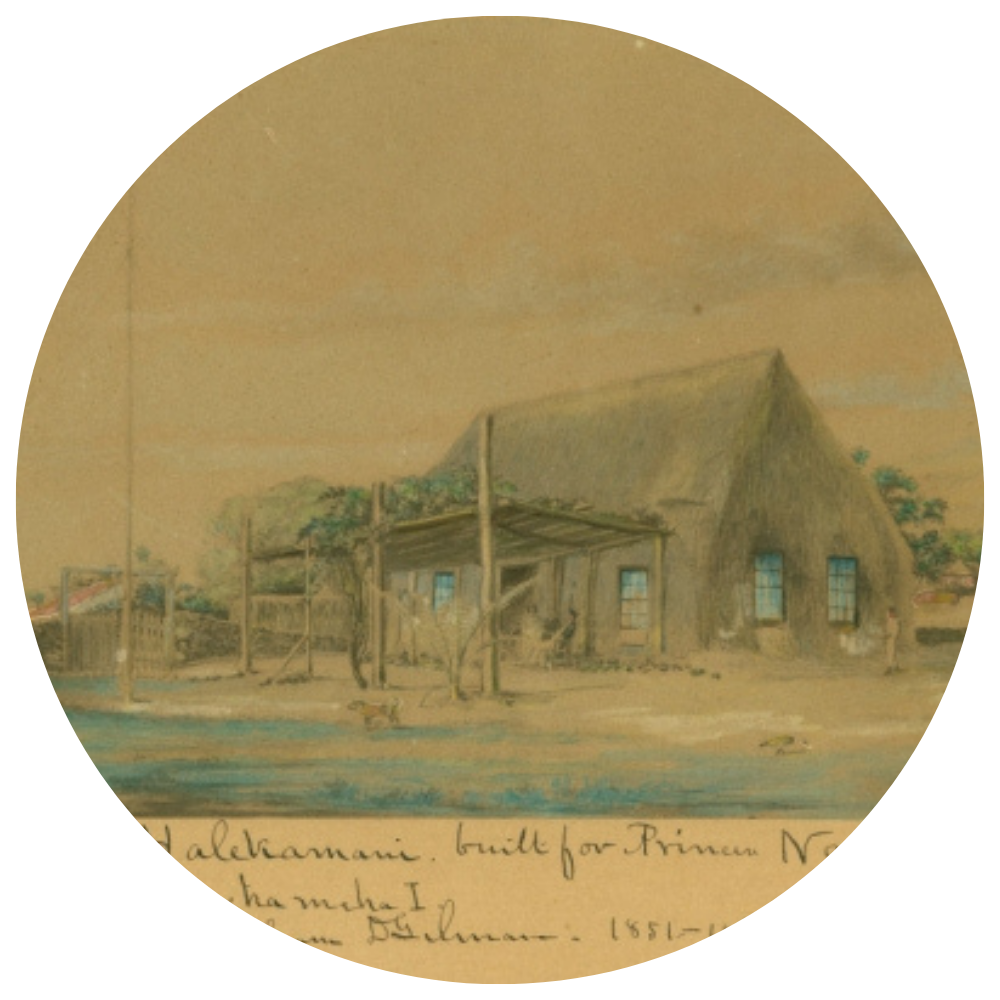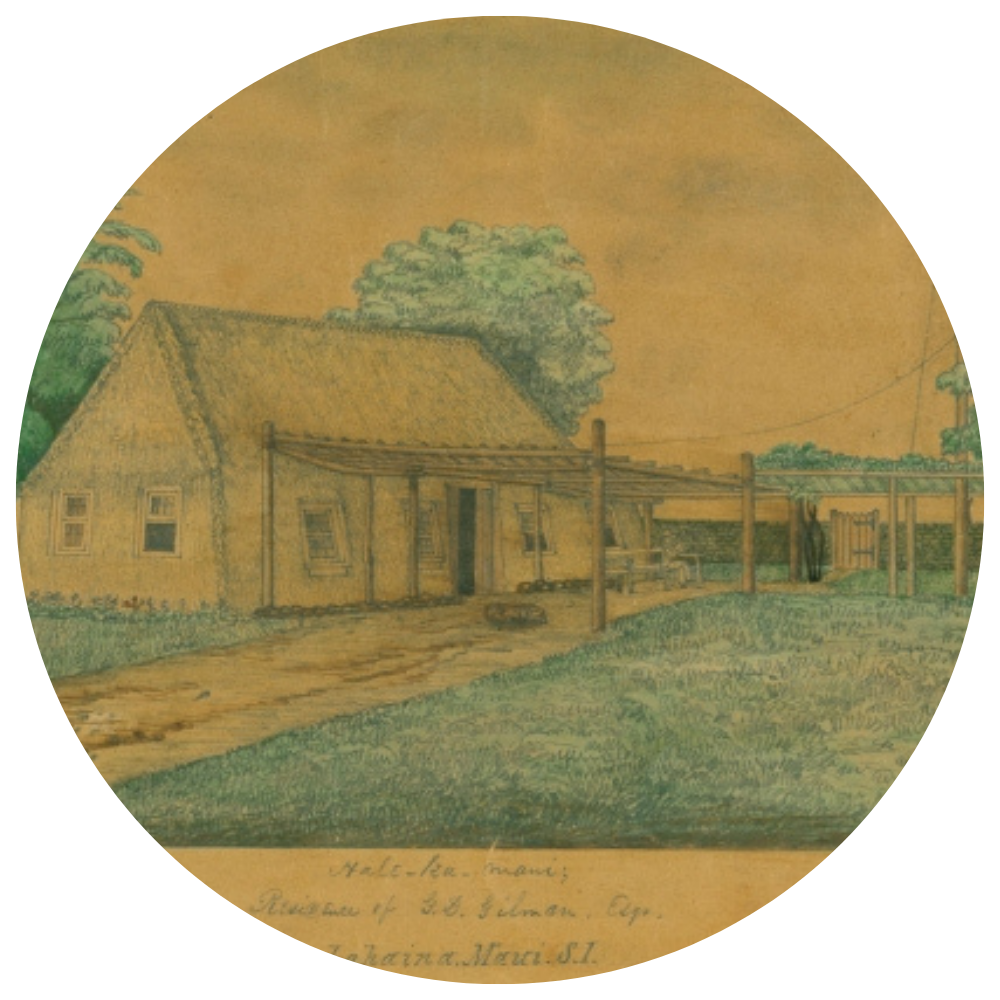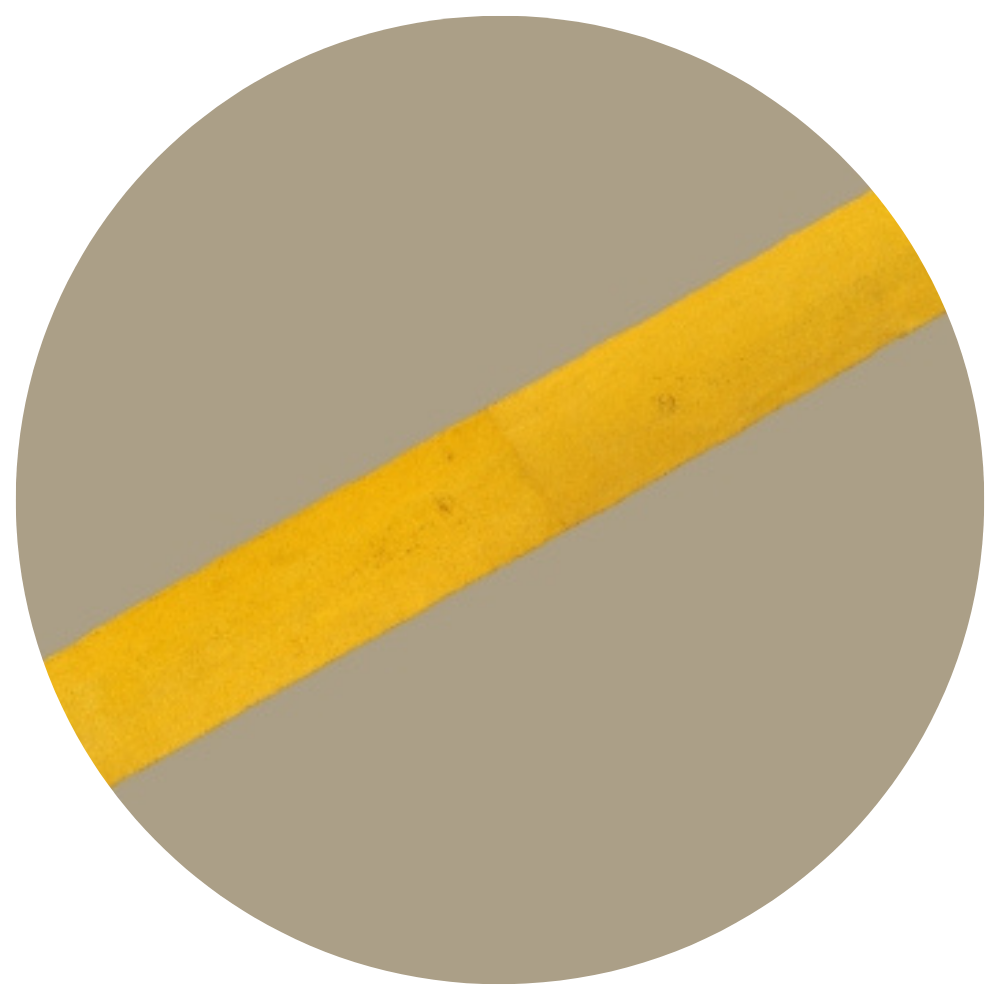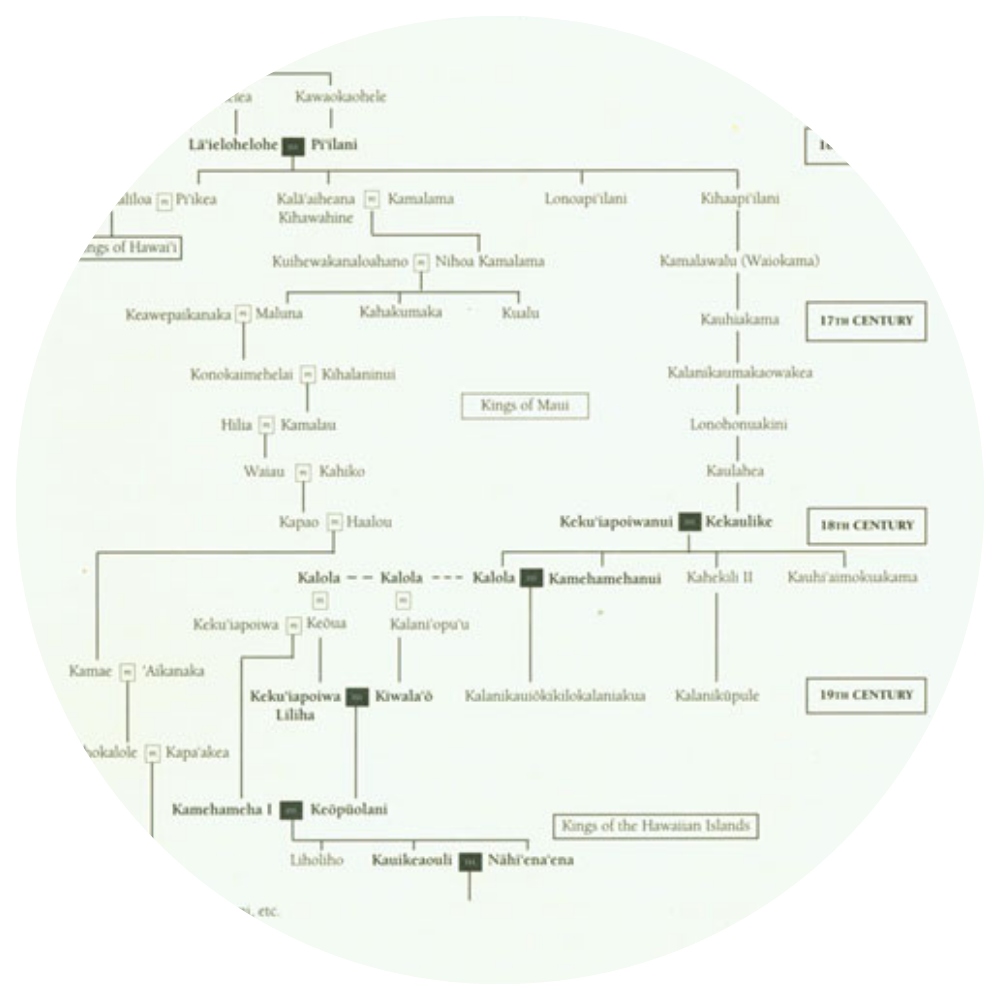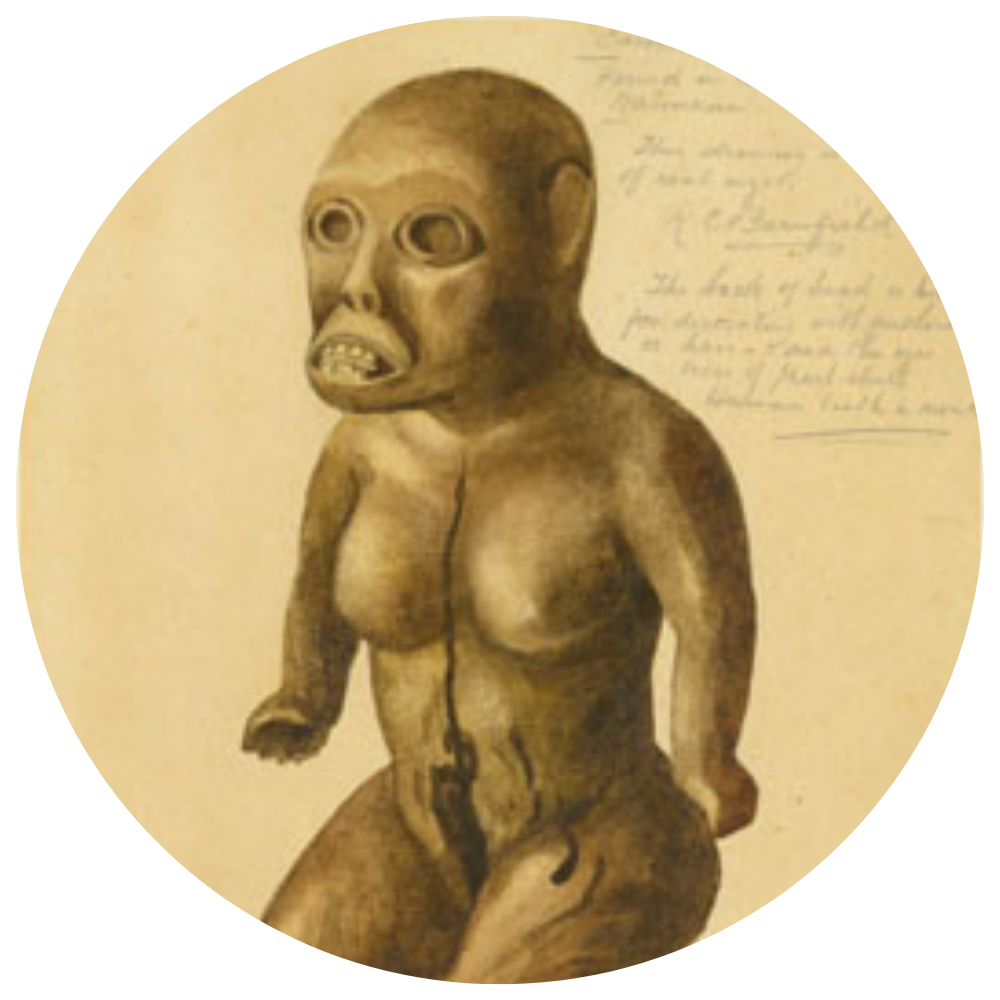The Pāʻū of Nāhiʻenaʻena

This sacred pā‘ū was extraordinary not only as a piece of post-contact Hawaiian art but also in its religious, political and historical significance. Kānaka Maoli (Native Hawaiians) of the early nineteenth century had lived in these islands of Hawai‘i for nearly two millennium and were now seeing the most fundamental structures of their society challenged as they sought to cope with the effects of western contact and introduced diseases, religion and social structure. At this time of tremendous change, turmoil and death, this feather pā‘ū was created by the people of Lahaina in 1823 for their most high ali‘i, Nāhi‘ena‘ena.
As a work of art, it is unrivaled in scope. This feather skirt contains approximately 1,000,000 feathers of the sacred ‘ō‘ō bird on its woven olonā (Touchardia latifolia) backing, its original dimensions stretching 20 feet long by 2 ½ feet wide. It is believed to be the largest piece of feather work ever created. Its use of nearly all yellow feathers furthers its rareness.
It was extraordinary in several cultural context. It was the first time a large work of feather art had been created for a woman, as women were previously forbidden to wear the feathered capes and cloaks.** It was also not a traditional feather garment but rather, very significantly, a feather pā‘ū, another first. These choices of material, design and form seem to speak not only to the extraordinary desire of the people to exalt Nāhi‘ena‘ena and her divinity, but also specifically her ma‘i, and therefore her procreative ability to bring forth the new Akua who could be the answer to these troubled times and return the land to a state of pono.
As the child of the nī‘aupi‘o mating of Kamehameha I and his most high wife Keōpūolani, Nāhi‘ena‘ena held hope for many of her people as a traditional answer to the great problems they now faced.
*Fornander Collection of Hawaiian Antiquities and Folk-Lore. Volume VI, p444.
**Although this was kapu, Ke Au Hou (December 6, 1911) and Mary Kawena Pukui do mention an exception. (HEN: Material Culture, Feather Work, p4. And Haw 113.4).
Location: Bishop Museum
Origin: Maui, Hawai‘i
Collection: Provisional Government Collection
Artifact Number: 06831
Audio
Kaili performing “Hoi au e pili me Kauiki, uoki e”
Mele Ho‘āe‘ae. “Hoi au e pili me Kauiki, uoki e” performed by Lucy Kapohaialii Kaili.
Collection: Helen Roberts Collection


